The Bishop's herb is a plant native to the Canary Islands, Egypt and Morocco. The bishop's herb is cultivated and grown in Chile, North America and Argentina, only the ripe fruits and the standardized plant extracts made from them are used.
Occurrence and cultivation of the bishop's herb

The 1 to 2-year-old herb is also known as toothpick tummy and forms shoots up to 1 meter in height. Typical for the appearance of the Episcopal herbs are the filamentous tips and pinnate leaves. Tiny white flowers grow in large compound umbels. The stable umbel rays can be used as natural toothpicks.
The early disintegrating partial fruits are small and gray-brown in color and resemble an egg in their shape. These fruits, up to 3 millimeters long and 0.9 millimeters wide, usually have 5 lighter ribs and a stylus cushion at the end, the whole fruit is hairless. The fruits are absolutely odorless, the taste of the fruits is described as mildly aromatic and very slightly bitter. The bishop's herb belongs to the botanical family of the umbelliferous plants.
Effect & application
The bishop's herb is a medicinal plant and has many secondary plant substances, sterols, glycosides, tannins and saponins. It has not yet been possible to extract and analyze all of the ingredients. However, it was possible to extract certain active ingredients that are responsible for the beneficial effects of the medicinal plant. Among other things, bishop's herb contains an above-average proportion of so-called Y-pyrons.
This family of pharmacological agents has a strong vasodilatory effect, particularly on the coronary arteries. The visnagin contained in bishop's herb has a pronounced antispasmodic effect. Khellin, which is also contained in the phytoplasm of the plant, has a slightly phototoxic effect. In order to safely avoid toxic effects, large amounts of fruits of the bishop's herb should therefore never be consumed. In sensitive people, however, even lower doses can lead to severe liver damage through irreversible tissue destruction.
Although it is a highly effective medicinal plant in pharmacological doses, bishop's herb still plays a subordinate role at best. This is mainly due to the incalculable side effects in the event of an accidental overdose, as well as insomnia and pseudo-allergic reactions.
The furanochromones contained in bishop's herb cause photosensitization in fair-skinned people, so the skin becomes very sensitive to UV light. Anyone who takes medicinal preparations made from bishop's herb should therefore avoid intensive sunbathing. The indications for the use of bishop's herb result mainly from the ingredients that promote blood circulation. Circulatory disorders of the heart, angina pectoris and the associated chest pain in particular respond positively to medicinal preparations made from bishop's herb.
Due to the relaxing and vascular toning effects, painful colic of the gallbladder, kidneys or intestines can also be quickly alleviated. The quickly onset of the anti-cramping effect is due to pyranocoumarins, flavonoids, kaempferol and essential oils in different proportions. If the fresh or dried fruits are used directly, this is done in the context of so-called phytotherapy.
In addition, medicinal preparations made from bishop's herb are often found in homeopathic medicinal products, with the same indications. A homeopathic application has far fewer risks and side effects, since all active ingredients and ingredients are in a highly diluted form. From the homeopathic potency D23, no active ingredient molecules of the mother tincture from bishop's herb can be detected.
Importance for health, treatment & prevention
There is no doubt empirical evidence that medicinal preparations made from bishop's herb were even used prophylactically against chest pain of various origins, bronchitis or asthma. The effectiveness was not yet proven at that time, incorrect overdoses, including death, were not uncommon. At that time, bishop's herb was still of great importance for health, prevention and treatment of circulatory disorders and convulsions well after the end of the Middle Ages.
Nowadays, this therapeutic approach is no longer acceptable due to the toxicity of individual ingredients and the risk of pseudo-allergic reactions. An initially positive monograph by Commission E of the Federal Institute for Drugs was withdrawn because of the high potential for risks and side effects.Bishop's herb still plays a certain role in traditional naturopathy, the main indications are chest tightness and coronary circulatory disorders. Success has also been achieved in the treatment of retinal irritation of the eyes in glaucoma.
In addition, the fruits are traditionally used to clean teeth by chewing and biting. After the process, the fruits must not be swallowed under any circumstances, but must be carefully spat out. Another area of application is the use of bishop's herb as a natural urological agent for flushing therapy for urinary tract infections. The diluted tea infusion from the dried fruits is used for this.
The tea drug available for this purpose should have an active ingredient content standardized to khellin or visnadin, so that accidental overdoses can be prevented. The maximum daily dose should not exceed 25 mg of Y-Pyrone, which corresponds to about 1 gram of the dried medicinal drug. If the dried fruits are stored in a cool, dry place and protected from sunlight, they can be kept for almost an unlimited period. The loss of active ingredient is only very small even after years of storage.
The photosensitizing effect of bishop's herb can be used in alternative dermatology for phototherapy of pigment anomalies and psoriasis. However, if used too often, there is a risk of increased risk of lung and skin cancer. That is why the phototherapeutic use of bishop's herb is no longer common today.

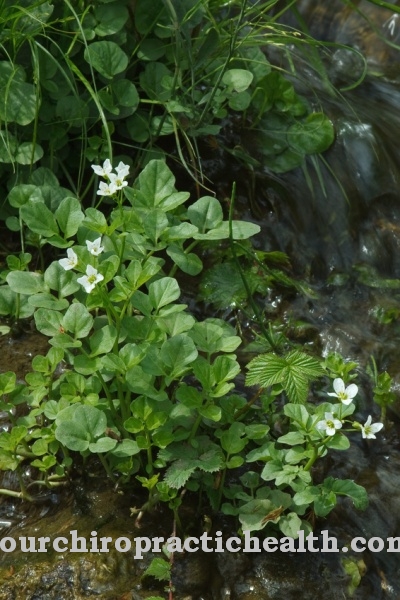
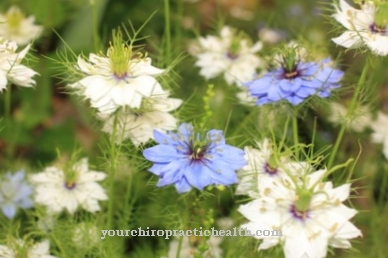
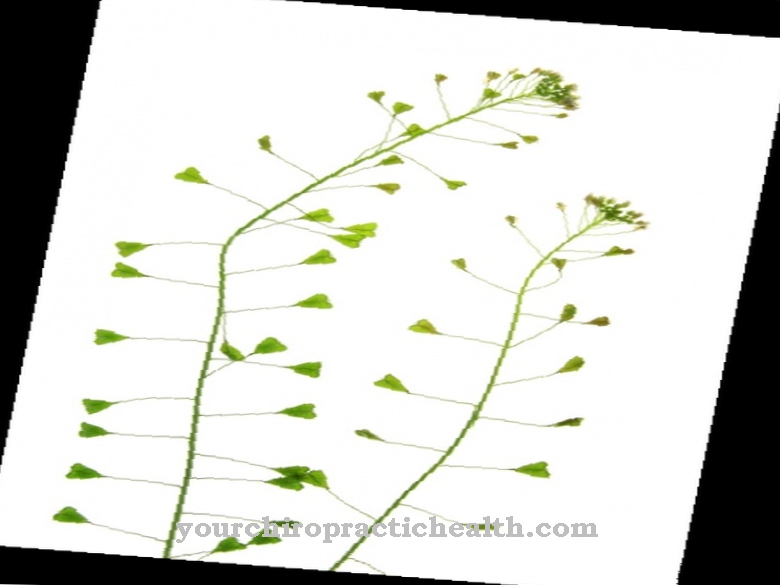
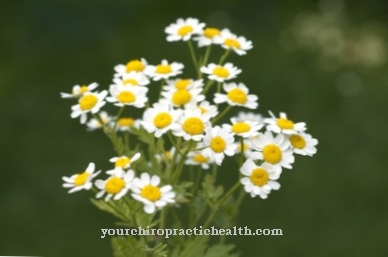
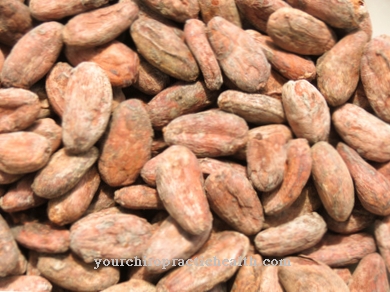



















.jpg)


